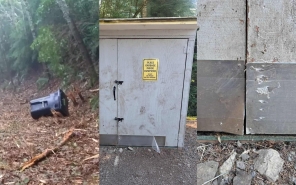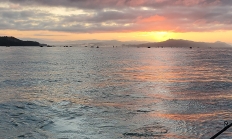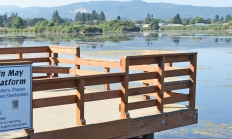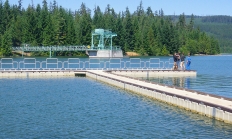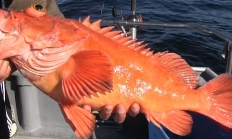The fall bear eat-a-thon is on – keep bears, people and pets safe by securing trash
A black bear tried its best to get into a Neskowin homeowner's bear resistant trash can. The homeowner then built a small shed to enclose the trash can. The persistent bear left its prints and claw marks on the shed but did not succeed in breaking into it. This resident understands the need to be…
